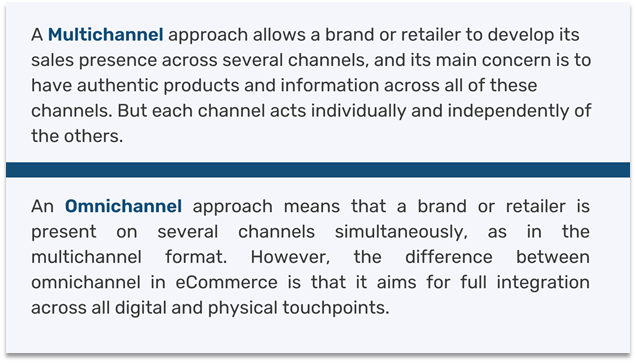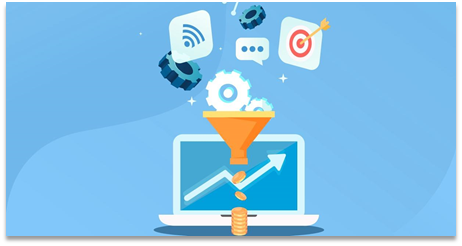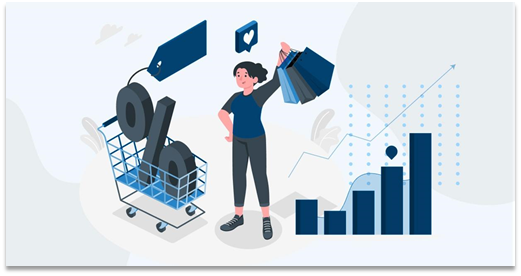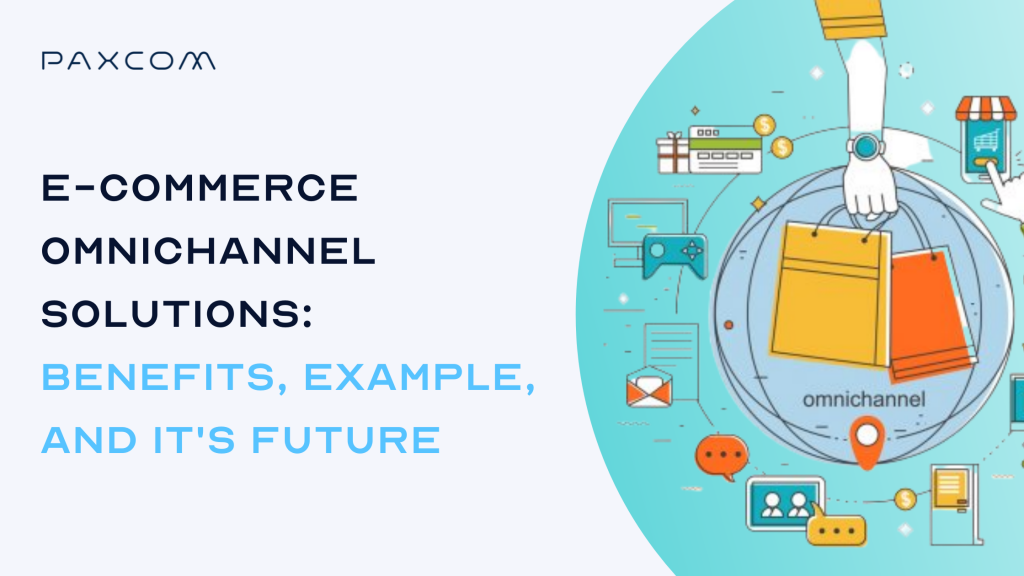There was a time when people used to visit the marketplace or shopping center, and after visiting a few shops and comparing offers on the items, they would make a decision on their purchase. But over time, digitization, technological advancement, and the pandemic have dramatically altered how people shop today.
The next generation of customers is undoubtedly different from their predecessors. They are digital-savvy and are vocal about their expectations from brands. As Dentsu’s study suggests, almost 86% of consumers scope out the products they intend to buy on multiple channels to make an informed purchase. This phenomenon is also known as the ‘Zero Moment of Truth.’
While it may seem strange to discuss purchasing patterns when the blog is about omnichannel solutions, customers are the driving force behind your sales, so knowing their needs becomes essential to finding a solution for you. In order to compete for their attention, you need to break down your silos and connect with your customers across multiple touchpoints.
Omnichannel is the solution here. It allows you to create an integrated approach to reach out to your consumers and serve them by providing a seamless shopping experience. In this blog post, we will explore what an omnichannel solution brings to the table for you.
This infographic will introduce you to the difference between multichannel and omnichannel to get you started on this subject.

Table of Contents
An example of Omnichannel in action
Let’s say a woman was walking down the street and saw a product, but due to a time crunch, she couldn’t go and buy it. And then later, while browsing on the phone, she sees an ad for the same product, and then she goes on the brand’s website and finds out about the product. But she is still unsure, so she goes to another channel to compare the prices and finally makes her purchase decision.
In this scenario, the customer has engaged with three entities in the course of making a purchase. The seller first presented an ad and then made information about its product available via search. Its site also enabled the user to link to a seller’s site where she could see pricing and availability. Then she further went ahead to compare prices on her tablet. The brands’ presence at various touchpoints enabled her to complete the checkout process smoothly.
Take a look at these stats to understand the significance of Omnichannel–

What are the advantages of an eCommerce omnichannel solution?

1. Increase in customer satisfaction

An omnichannel solution benefits customers the most. Like we mentioned, almost 90% of them demand cross-channel consistency, but in order to provide that, brands must understand their needs. They can then determine which aspects of an omnichannel strategy best meet their needs. It should mimic the in-store personalization for customers.
For instance, by allowing customers to zoom in and view items from various angles, digital experiences can combine the best of both worlds. When a customer buys something, they may also want to replace or return it.
Create a smooth integration for a return pick-up, i.e., it could be via an eCommerce shopping platform or a website. In short, the ability of a customer to complete the entire checkout process can be obtained via any channel that will help you improve the customer experience.
2. Boosts Conversion Rate

To understand the significance of omnichannel in terms of sales, here is a hypothetical scenario. As an example, Shay searches her smartphone for “sunglasses” and sees your brand listed. Her interest in your products is piqued, but your presence is limited to a single channel. For a closer look at the product and to compare prices, she switched to the second brand, which has both an online and a physical store. She found that to be of major help in making an informed purchase decision.
As you can see from the above example, investing in an omnichannel solution can boost your conversion rate compared to a single-channel presence. To back up this theory, Omnisend data shows that seamless channel switching has resulted in a 250 percent increase in purchase frequency.
3. Generate Valuable Intelligence

From the moment your customer lands on your product page to the moment they place their order and pay for it, omnichannel solutions can provide you with a complete picture of your customer. There is a wealth of information in your bank based on their offline and online sales history, preferences, and much more. This enables you to improve customers’ shopping experiences and convert them into loyal advocates.
And, as we all know, a loyal customer will not only be willing to pay a premium price but will also insist others on shopping from you as well.
4. Higher customer lifetime value

Increasingly, customers today have more access to engage with brands, and omnichannel solutions provide a seamless experience across every channel. This allows users to transition from one channel to another quickly. As per Google’s research, the lifetime value of omnichannel shoppers is 30% higher than those who shop using only one channel. So, when customers have the freedom to choose how they interact with your brand, it provides great possibilities for increasing customer lifetime value (CLV).
What does the future look like for Omnichannel?
The future of Omnichannel in e-commerce is all about the experience. Consumers expect a seamless, consistent, and personalized experience when interacting with brands. Brands will need to offer an augmented reality that turns the real world into a virtual shopping environment to provide consumers with a consistently engaging experience across channels.
As the number of cross-channel shoppers increases at speed, eCommerce brands need to develop a unified strategy as it is not just about cross-selling and upselling products on multiple channels. It’s about understanding your customers’ shopping behavior, their preferences, pain points, and the buying process, and offering them a personalized experience across all channels. As technologies advance, brands need to stay on top of new trends to appeal to tech-savvy consumers. That is what the future holds for omnichannel: analytical tools, data, and personalization.
Bottomline
With the changing retail landscape, it is increasingly becoming a requirement that customers be given at least some level of omnichannel availability when shopping, both online and in person. It redefines the customer journey and offers businesses and consumers more intuitive ways of engaging. Today, more and more brands have started exploring the benefits of omnichannel marketing. It takes time to transition from a single channel or multichannel to an omnichannel. But successful digitalization would help businesses provide a seamless customer experience.
The omnichannel solution empowers customers with the flexibility to shop anytime and anywhere while increasing the efficiency of the supply chain and the support and services. If you are looking to streamline your business, provide your customers with the best possible shopping experience, and learn more about SaaS-based offerings, you can connect with us at info@paxcom.net
















